Optimal Timing for Foundation Repairs
Foundation repairs are most effective when performed during periods of stable weather conditions. Optimal timing depends on climate factors, soil conditions, and the specific needs of the property. Typically, dry and mild seasons allow for better access and safer repair processes.
Spring offers moderate temperatures and longer daylight hours, making it suitable for foundation work. However, excessive rain can delay projects.
Summer provides warm weather and dry conditions, ideal for many repair activities. Care must be taken to avoid extreme heat that can affect materials.
Fall often presents cooler temperatures and less rain, providing a good window for foundation work before winter.
Winter is generally less favorable due to freezing temperatures and snow, which can hinder excavation and curing processes.

Spring's mild weather supports effective foundation stabilization.

Dry summer conditions facilitate excavation and repairs.
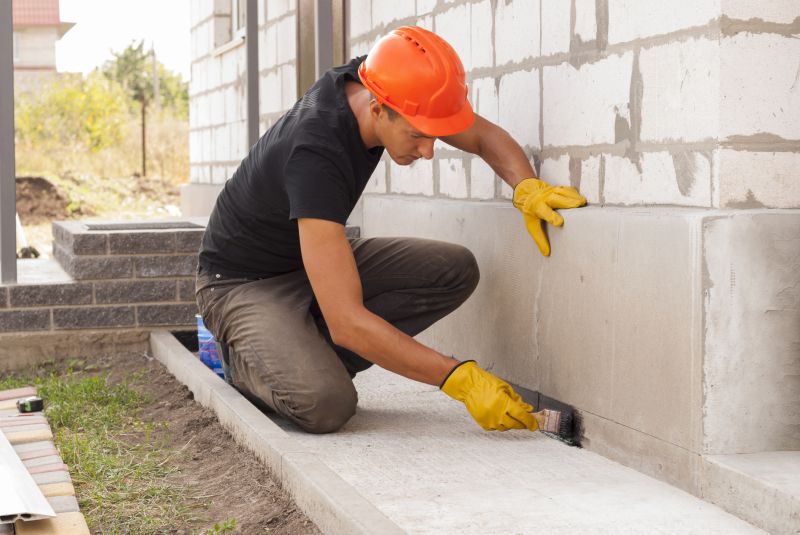
Cooler temperatures help prepare for winter without rushing.
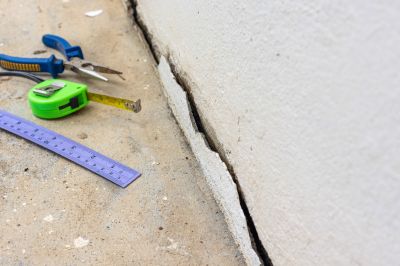
Ways to make Foundation Repairs work in tight or awkward layouts.
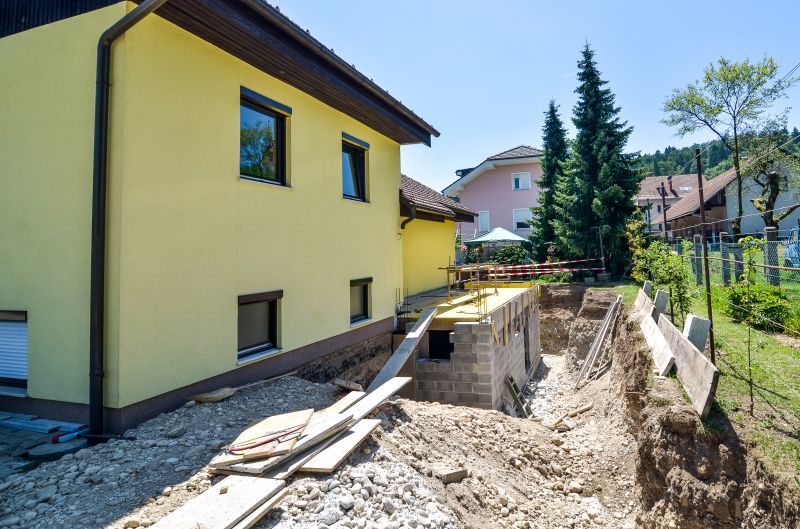
Popular materials for Foundation Repairs and why they hold up over time.
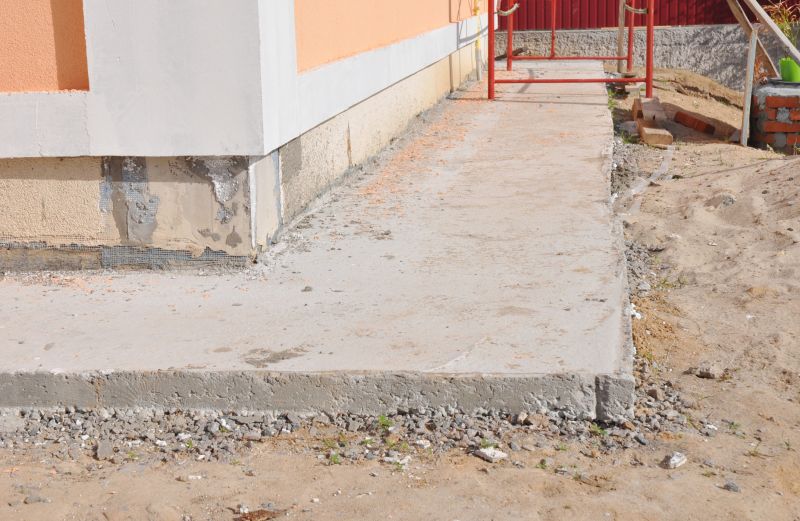
Simple add-ons that improve Foundation Repairs without blowing the budget.
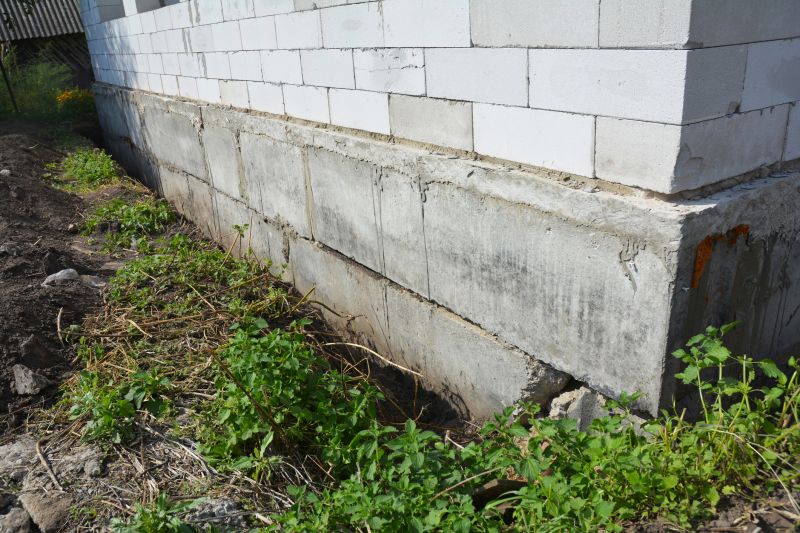
High-end options that actually feel worth it for Foundation Repairs.
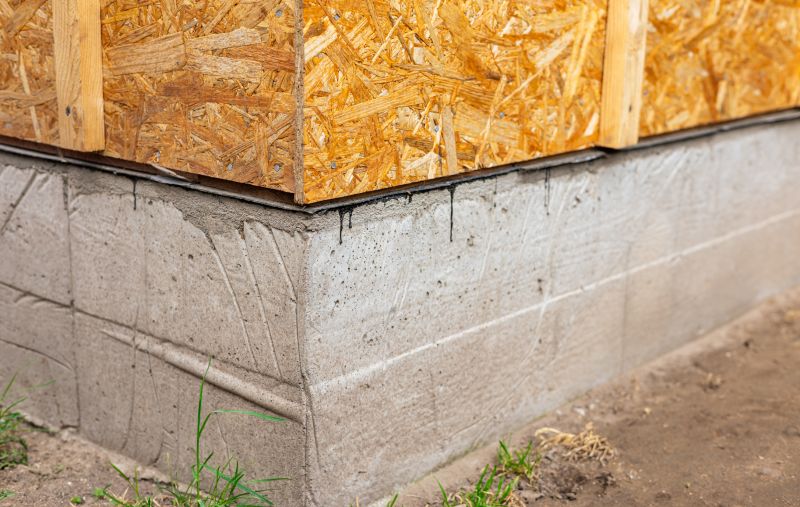
Finishes and colors that play nicely with Foundation Repairs.
| Season | Ideal Conditions |
|---|---|
| Spring | Moderate temperatures, longer days, some rain |
| Summer | Warm, dry weather, longer daylight |
| Fall | Cooler temperatures, less rain |
| Winter | Freezing temperatures, snow, and ice |
Foundation repairs involve addressing issues such as shifting, cracking, and settling that can compromise structural integrity. Over time, soil movement, moisture fluctuations, and temperature changes can cause foundations to weaken. Timely repairs help prevent further damage, reduce costly future repairs, and maintain property value. Studies indicate that addressing foundation problems early can save homeowners significant expenses and prevent safety hazards.
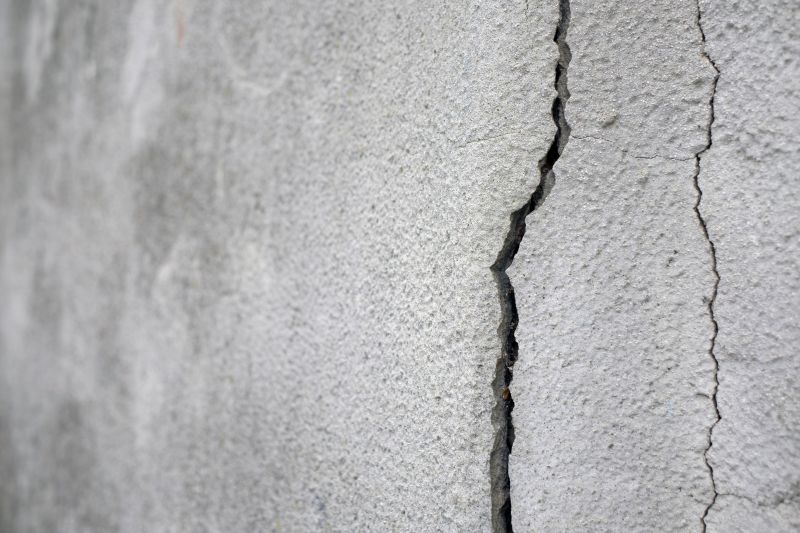
Cracks often indicate shifting soil or settling that requires stabilization.

Piering supports and stabilizes sinking or settling foundations.

Proper soil management prevents future foundation movement.
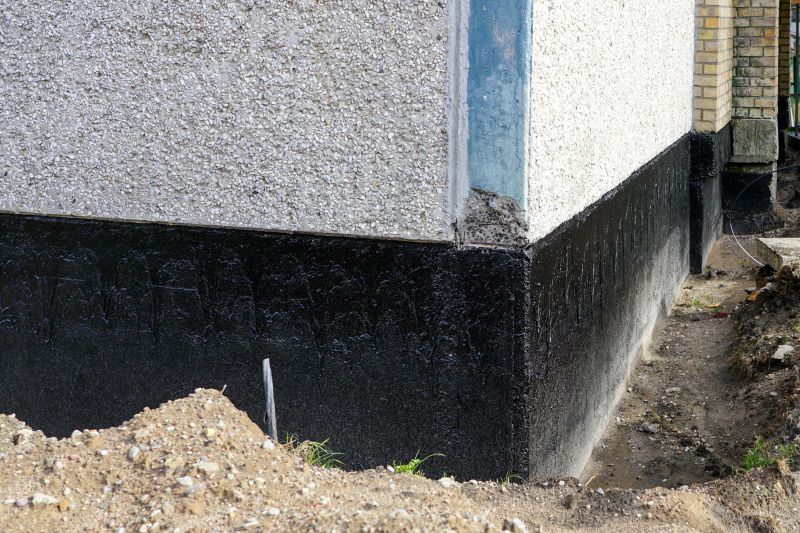
Addressing water buildup reduces pressure on foundation walls.

Proper drainage prevents excess moisture and soil erosion.
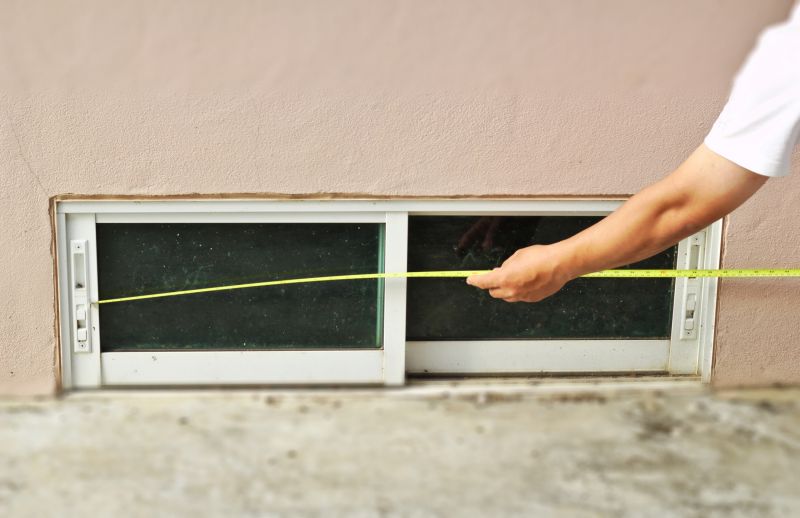
Little measurements that prevent headaches on Foundation Repairs day.

Specialized tools used for underpinning and stabilization.
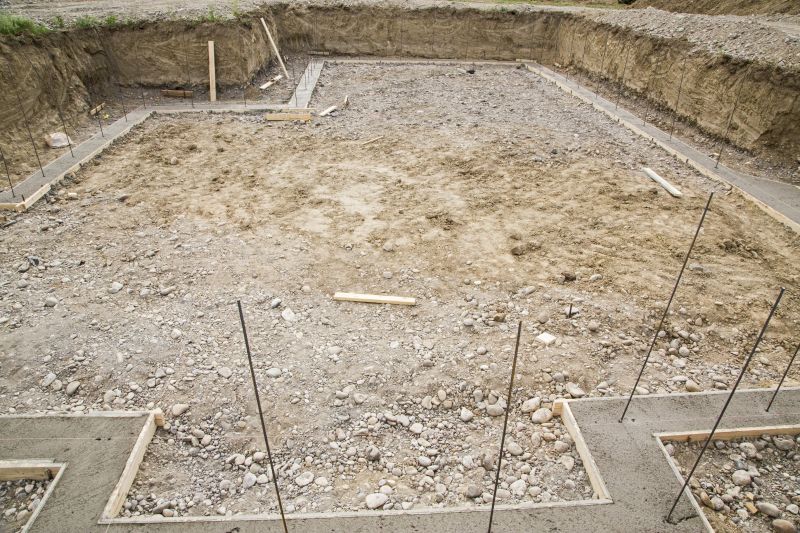
Careful excavation reveals underlying issues for repair.

Support structures that provide long-term stability.

Effective drainage prevents future moisture problems.

A 60-second routine that keeps Foundation Repairs looking new.
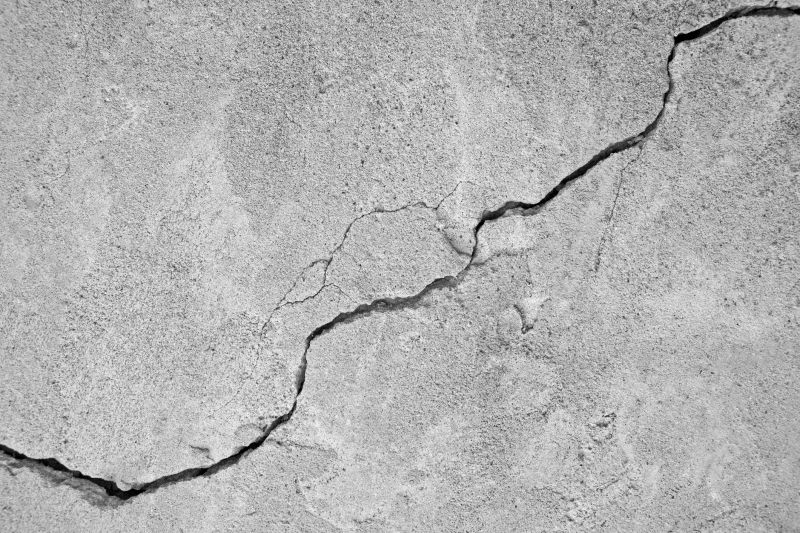
A frequent mistake in Foundation Repairs and how to dodge it.

Small tweaks to make Foundation Repairs safer and easier to use.
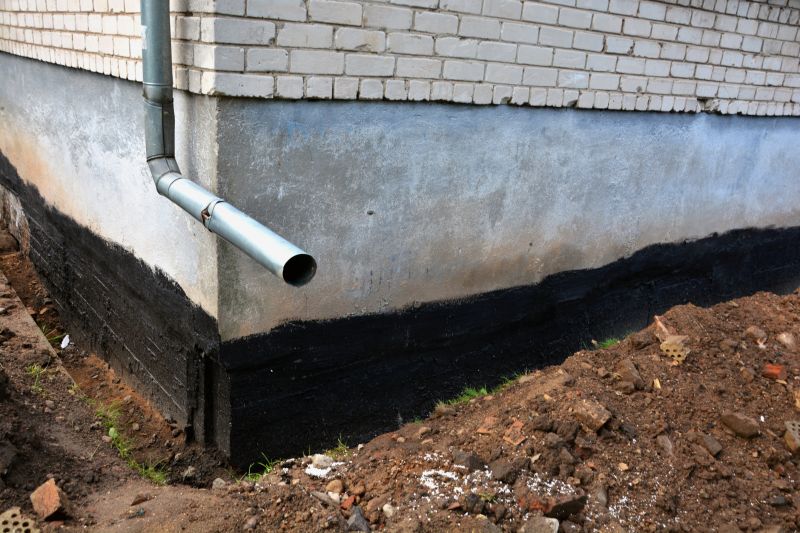
Lower-waste or water-saving choices for Foundation Repairs.
Choosing the optimal time for foundation repairs ensures better access, safer working conditions, and more durable results. Proper planning around seasonal weather patterns minimizes delays and enhances the longevity of repairs. Regular inspections can help identify issues early, allowing repairs to be scheduled during the most suitable periods.
Identifying foundation problems early can reduce repair costs and prevent extensive damage.
Aligning repairs with favorable weather conditions ensures better outcomes and longer-lasting fixes.
Consulting foundation specialists can determine the best timing based on specific property conditions.

